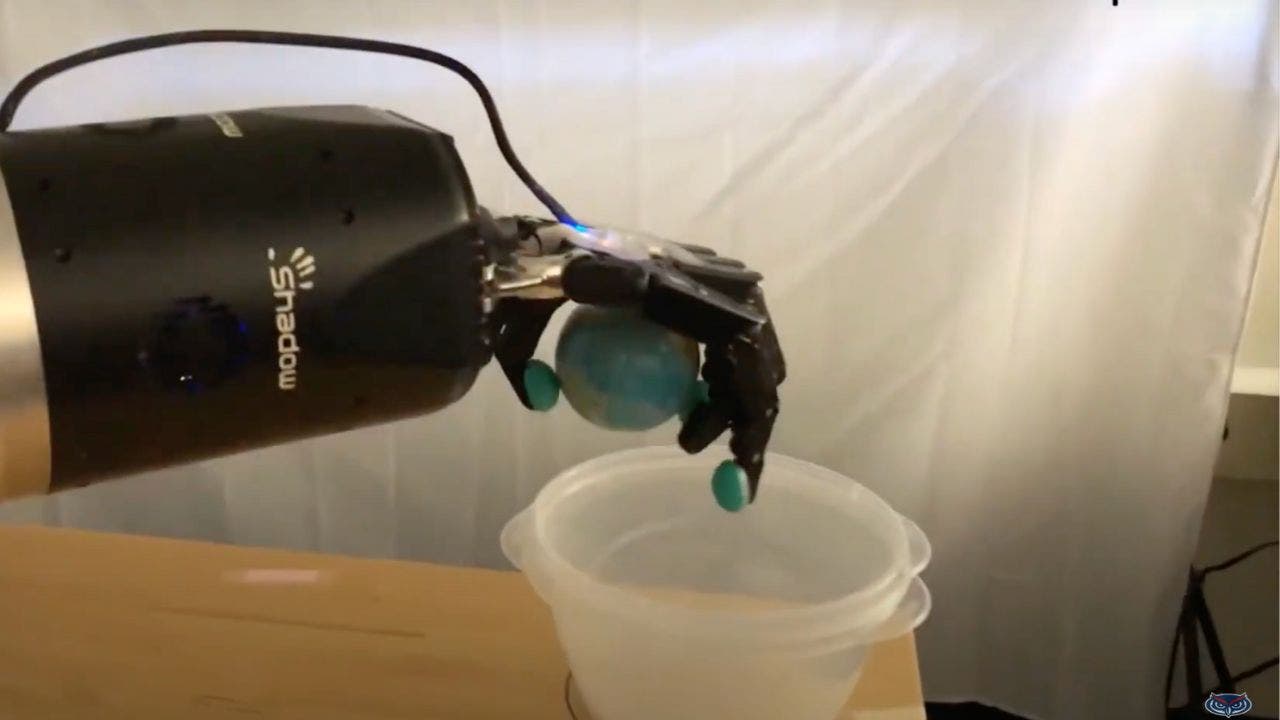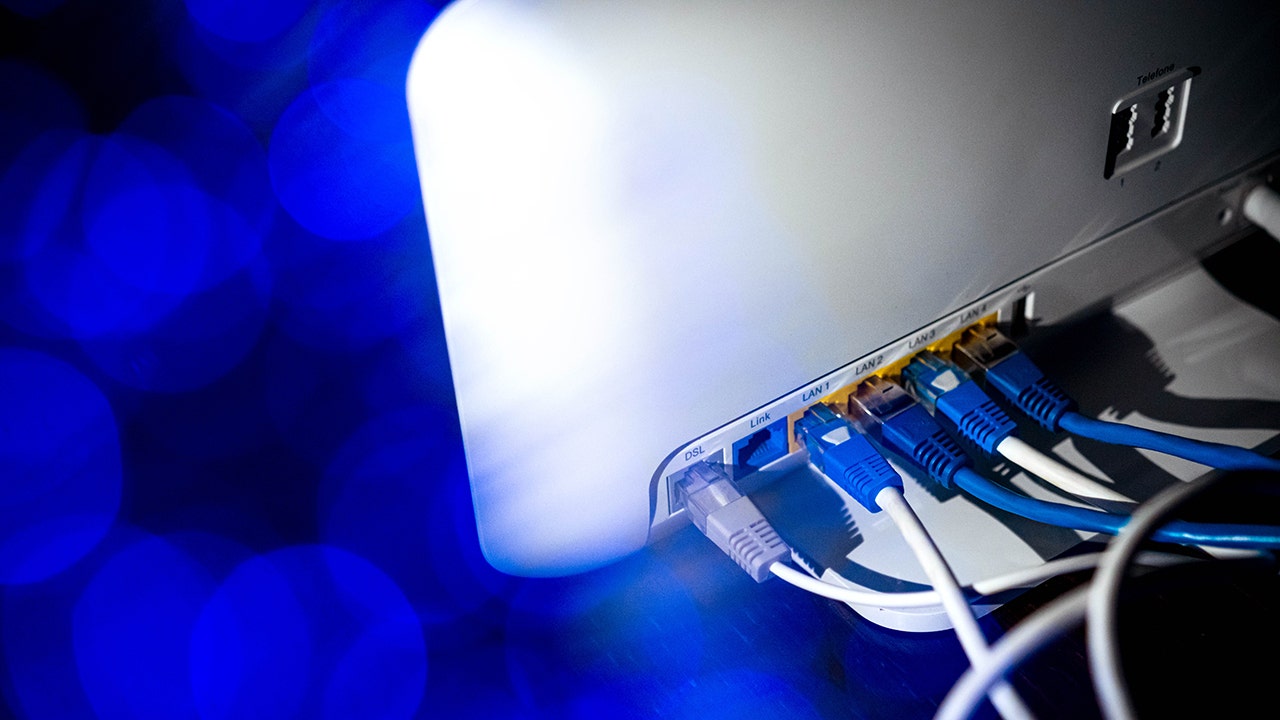Soft robotic armband gives prosthetic hand users natural control

Prosthetic hands have long been a vital tool for individuals who have lost the use of their natural hands. However, traditional prosthetics have often fallen short in replicating the dexterity and functionality of natural hands, limiting users to a single grasp function at a time. This has made everyday tasks challenging for prosthetic hand users, hindering their ability to perform tasks like typing on a keyboard or braiding hair with ease.
A groundbreaking study conducted by researchers at Florida Atlantic University (FAU) offers promising advancements that could revolutionize the experience of prosthetic hand users. The study, published in Scientific Reports, focused on combining haptic feedback, electromyogram control, and a wearable soft robotic armband to enable users to grasp two objects simultaneously with a dexterous artificial hand.
The results of the study were impressive, demonstrating that participants were able to successfully grasp and transport two objects at once without dropping them, even when visual feedback was obstructed. Participants were able to perform tasks such as pinching a card between their fingers while unscrewing a water bottle lid or toggling a light switch with their little finger.
A key innovation in this research was the development of a multichannel soft robotic armband that provided artificial sensations of touch. The armband included soft actuators that delivered proportional contact force feedback and vibrotactile stimulators to alert users if they were about to drop or break an object. This haptic feedback was crucial for enhancing the user’s ability to control multiple objects simultaneously.
The implications of this study are far-reaching, suggesting a shift in how prosthetic hands could be controlled in the future. By enabling refined dexterous control through enhanced sensory feedback, this research opens new possibilities for individuals with upper limb loss to engage in complex tasks that were previously deemed impossible with current prosthetics.
As researchers continue to refine prosthetic technology systems, we may soon see prosthetic hands that not only replicate but exceed the capabilities of natural hands. This innovative approach has the potential to empower users to reclaim their independence and fully engage in both everyday activities and specialized tasks. Advancements in technology can bridge gaps in functionality for prosthetic hand users, offering hope for a future where individuals with disabilities have access to assistive technologies that enhance their quality of life.




